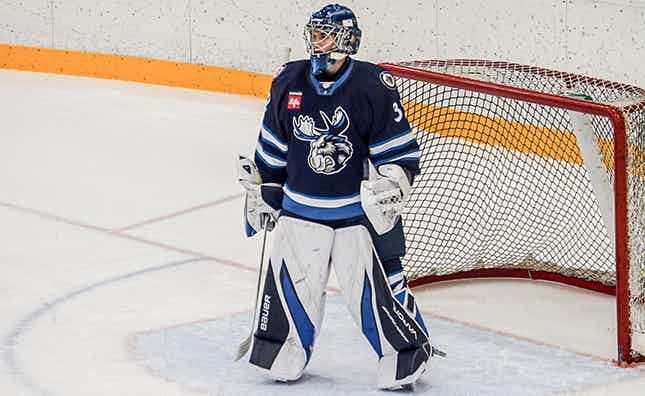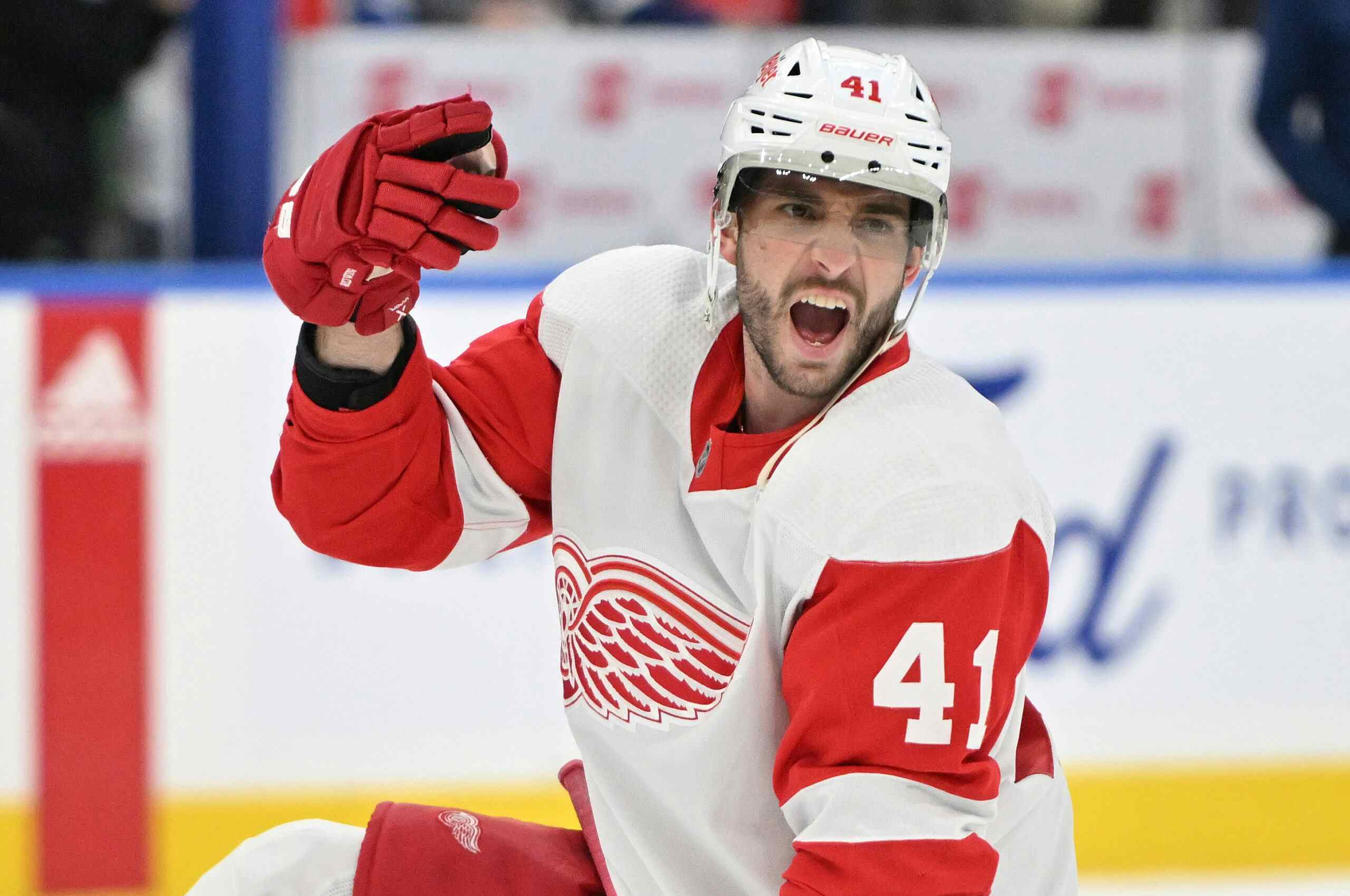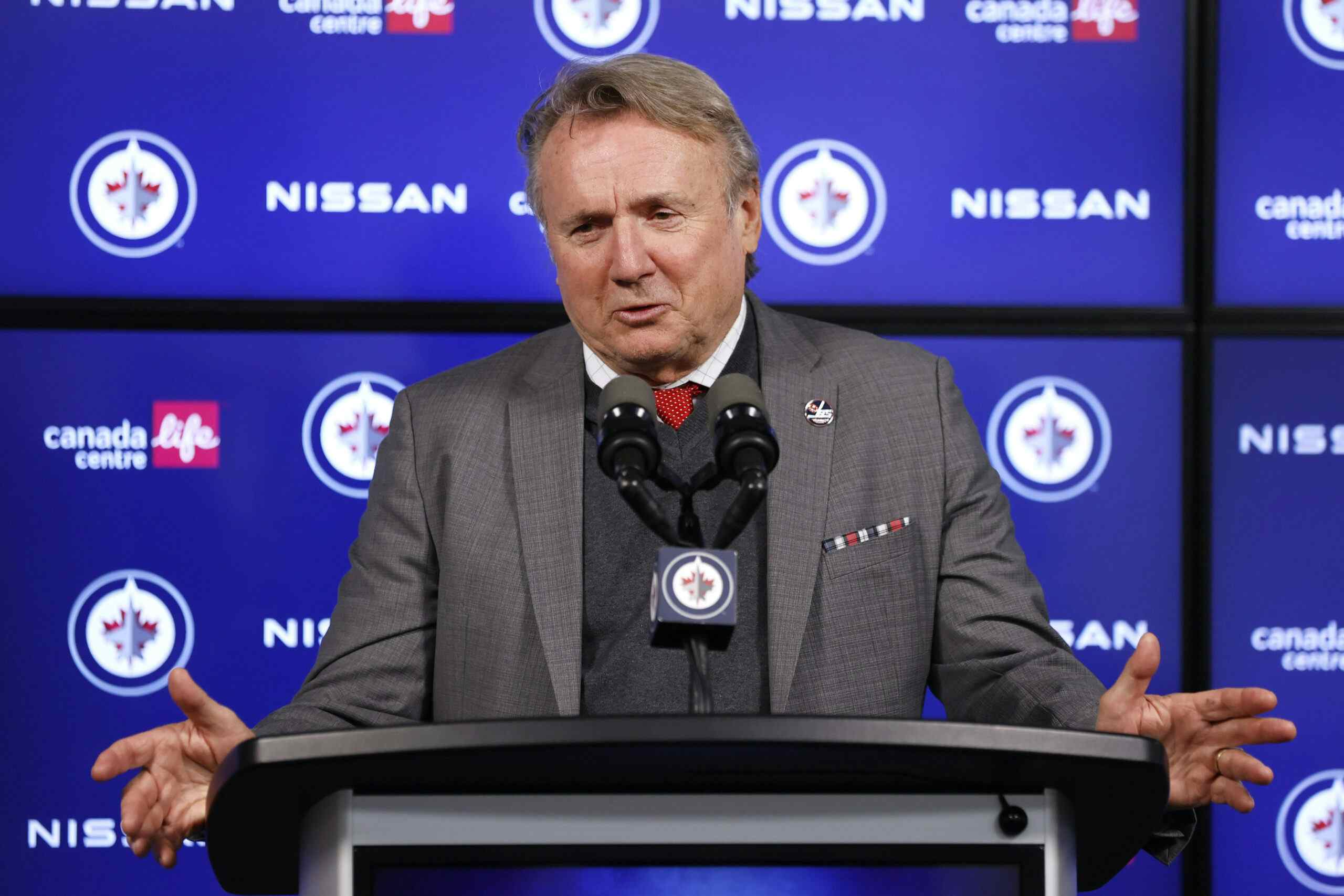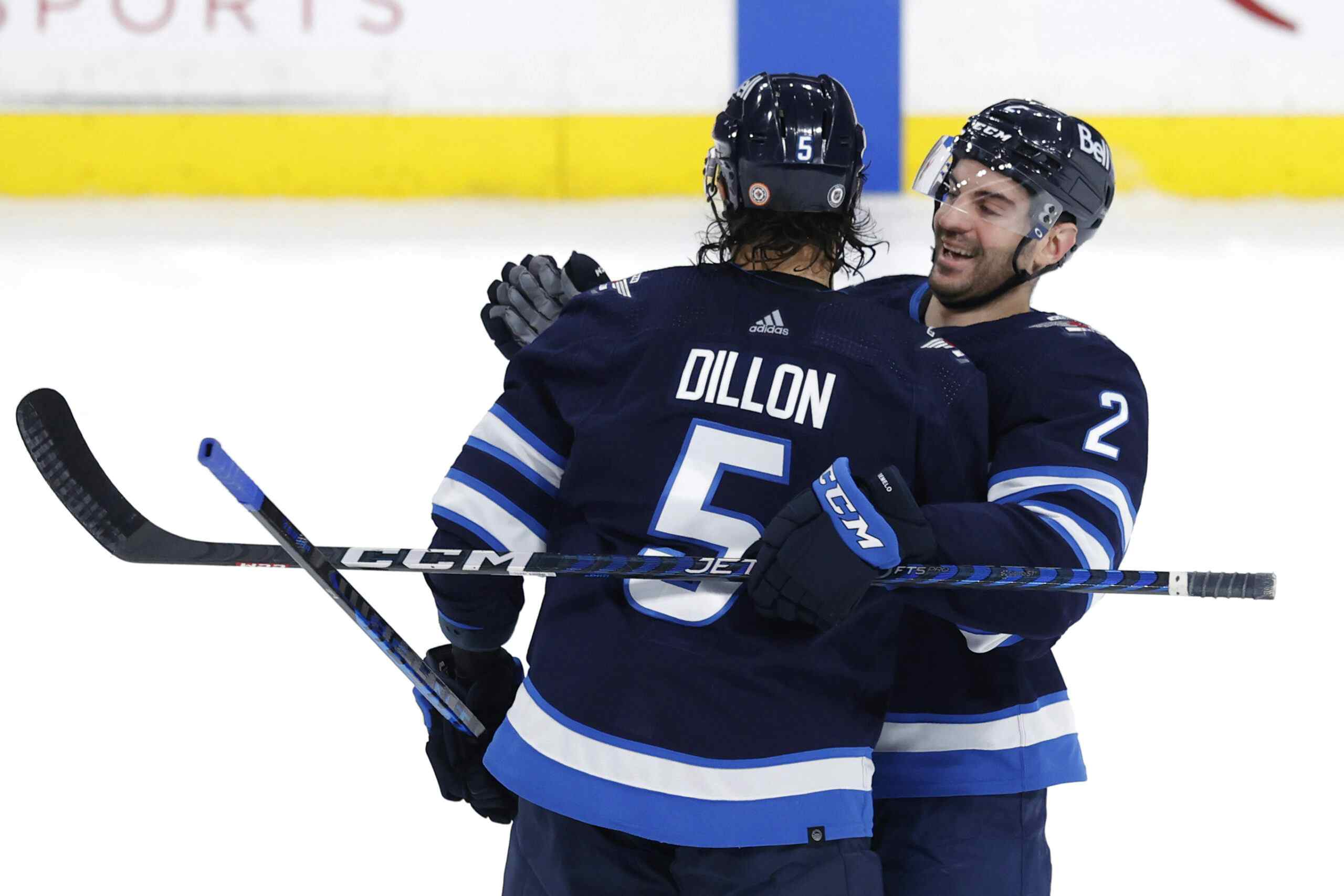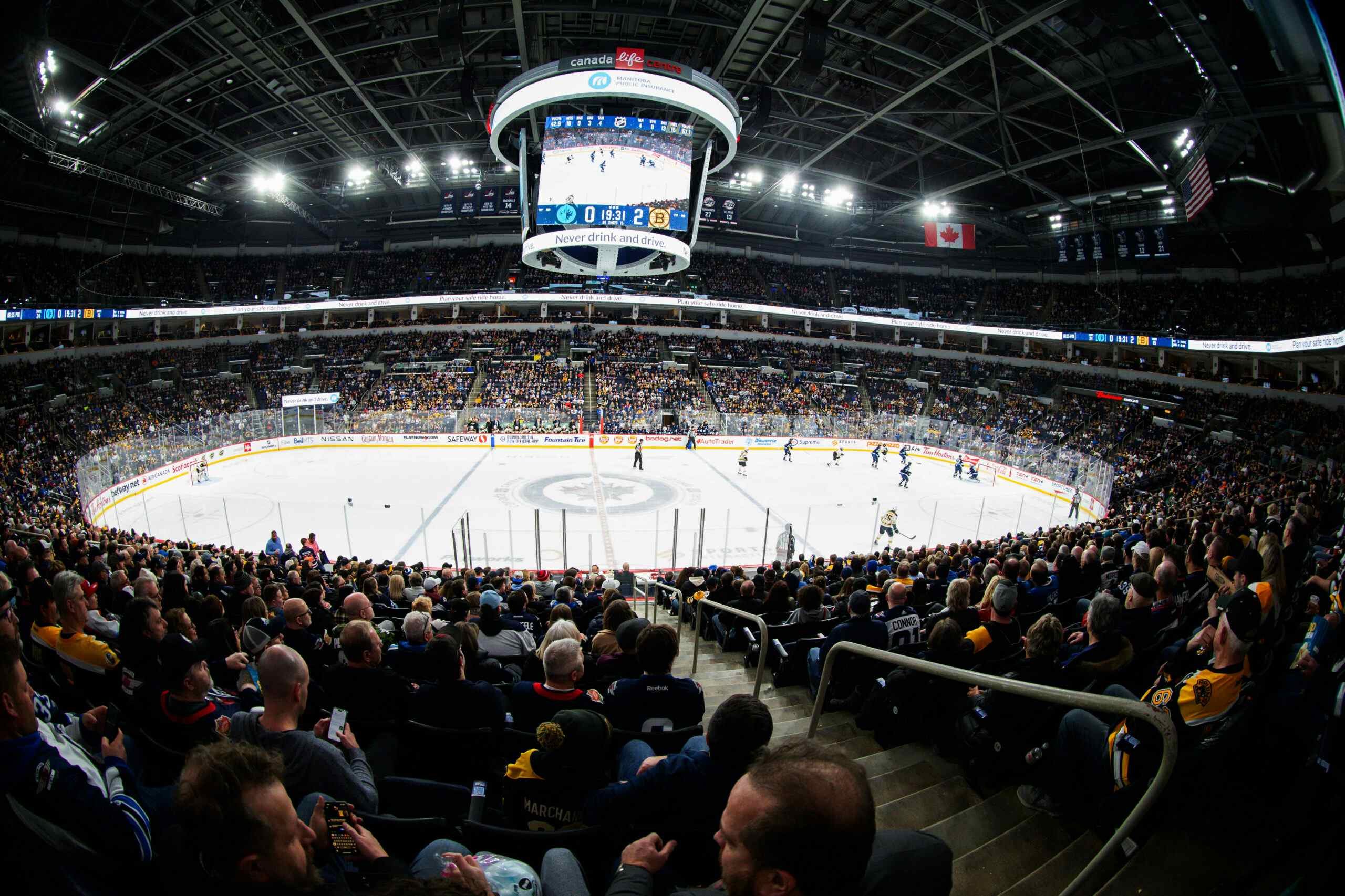When Is 40 Shots Not Really 40 Shots?
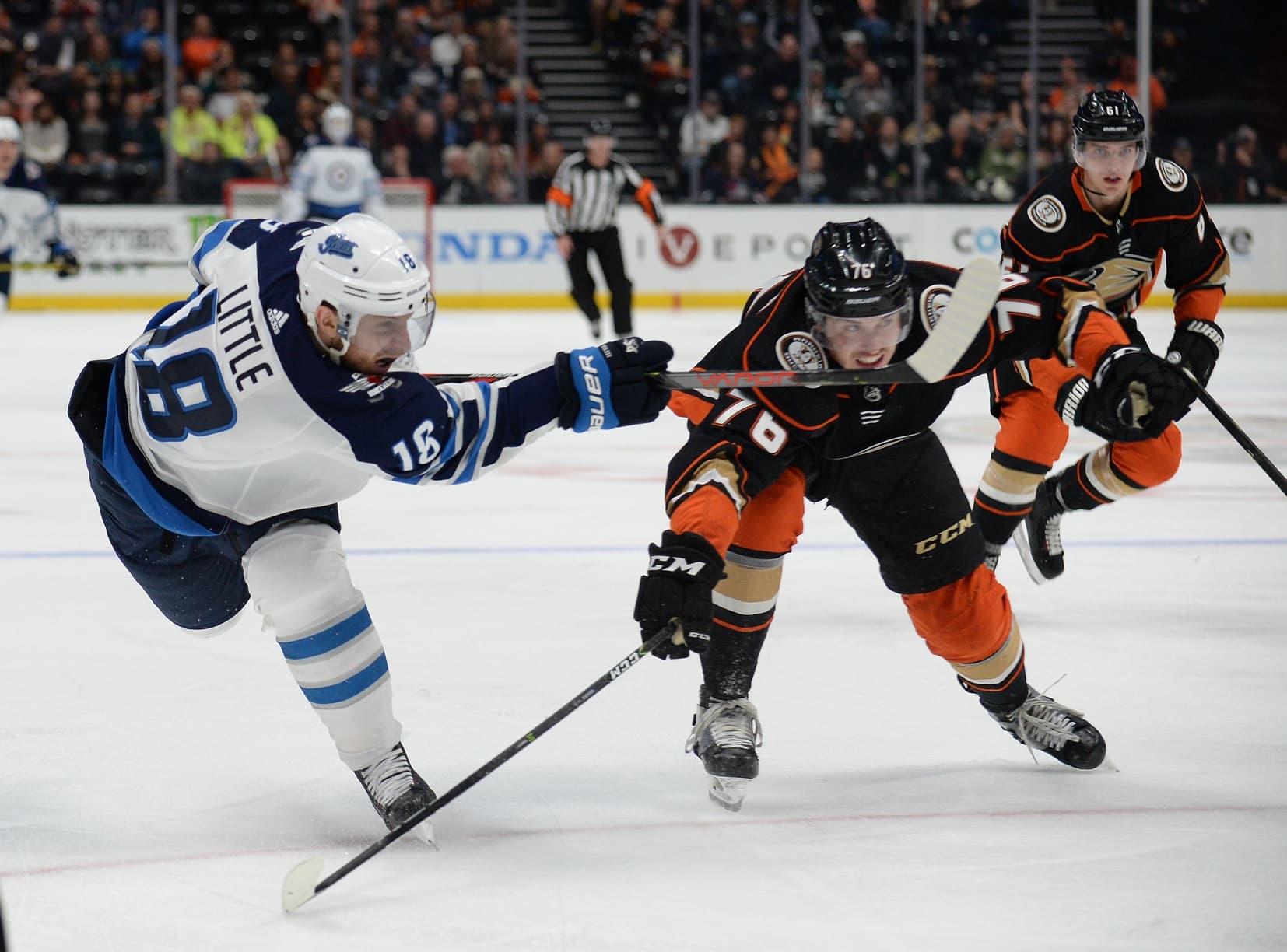
At the end of the game against the @Anaheim Ducks, both Dennis Beyak and Kevin Sawyer lamented how many shots the @Winnipeg Jets had in the game and especially in the last two periods, and that Ducks goalie @John Gibson was “brilliant” in a game where his save percentage for the game (.900) was below the current league average (.908).
Not to take anything away from Gibson who was indeed good in the game, or at the very least better than the Jets combination of @Connor Hellebuyck and @Laurent Brossoit, but I’d argue he didn’t have as challenging a night in goal as “facing 40 shots” in a game would suggest.
Time and score matter
You probably see us reference “score effects” here in our recaps multiple times and if you’re not familiar with the term, there is plenty of good reading out there to help get a better understanding, but the bottom line is when we talk about score effects, we’re talking about the tendency of teams playing with the lead tend to go into more of a protect or prevent defense, allowing more possession time against and more shots against, at the same time the team trailing in a game is more willing to push play, get more pucks towards the net and focus more on offense than defense.
The Jets out-shooting the Ducks 31-15 in the final two periods is a good example of score effects, especially after the crazy 3:08 stretch where four goals were scored – three of them belonging to the Ducks to give them a two goal lead. The shots up until the 9:10 mark of the second period were actually in favor of the Ducks 19-16. The shots after the Ducks scored their fifth goal and had a two goal lead were 21-9 in favor of the Jets.
Between the Ducks going back into more of a defensive shell for the rest of the game, the Jets being given two power plays back-to-back shortly after the flurry of second period goals, and the Jets abandoning what little defensive commitment they had going in the game, the shot counter was decidedly in favor of Winnipeg in the second half of the game.
Now you might read that and go “That’s what we want isn’t it? Pucks on net, throw everything at a shaky Gibson who at that point in the game was rocking a .813 save percentage.” and you’d partly be right, but there is an argument to be made that the Jets should be more selective about where they take their shots and that they should be trying to get closer to the net before taking them.
Location also matters
This is the part where we find out that 40 shots on goal really isn’t as threatening as it sounds.
It’s one thing for a goalie to face a slapshot from the blueline a good 60 feet away from the net and a whole different thing to try and stop a quick wrist shot taken 10-15 feet away. Both can be considered scoring chances, but it’s that shot from right in front of the net that’s considered a “high danger” scoring chance. When you factor in events like getting the puck back and shooting again after a blocked shot or a rebound, the danger gets even higher. Again, there are plenty of good reads out there to get a better understand what can be considered a scoring chance and what is considered a high danger scoring chance.
The final 5v5 heat map of the game tells an overall story of the game where the Jets simply didn’t get much in and around the Ducks net and settled for shots from pretty much all over.

Shots in the final two periods may have been 31-15 for Winnipeg, but high danger scoring chances over the last two periods were actually even at even at five a piece during five on five play, and the Ducks led in that category 4-1 in the third period alone.
The Jets took a lot of shots, but they were from distance. You may have been able to see that in the game with just your eyes, but there are also shot location charts that help track this as well and this was Winnipeg’s shot locations in the third period.

Three or four chances in close on Gibson – one of them being a really nice stop on an Andrew Copp shot – and a couple of those came when the Jets had that late 6 on 5 push with the goalie pulled, while another was a missed shot by Kyle Connor midway through the period. But as you can see, most of the shots the Jets had in the final period came from above the hashmarks and if John Gibson can see those shots cleanly – which he did thanks to some solid work by the Ducks defense – then he’s going to stop them, as are most goalies in the NHL.
Bryan Little’s goal (the dark blue dot at the top of the left faceoff circle) at the 6:39 mark of the third period fooled Gibson as it likely hit a stick, but there was nothing overly threatening about the other shots.
And as it turns out, this isn’t the first time the Jets have tried to score from distance when trailing in games – which they’ve done a lot this season.
Take a lot of shots, but do it closer
None of this is to say that the Jets should not shoot if they have an opportunity to, but if you’re going to take shots from 30+ feet out, then it’s important to get guys in front of the net to take advantage of rebounds or blocked shots. That’s easier said than done when you’re trying to do it against a team that is ahead by a couple of goals and more willing to collapse around their net to take that middle area of the ice away, but the Jets need to find a way to be better in that department.
Otherwise the Jets may be taking 40 shots on goal in a game, but they’re not getting the most out of those shots and possibly taking away the ability to have better ones.
Recent articles from Art Middleton

